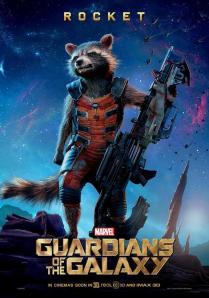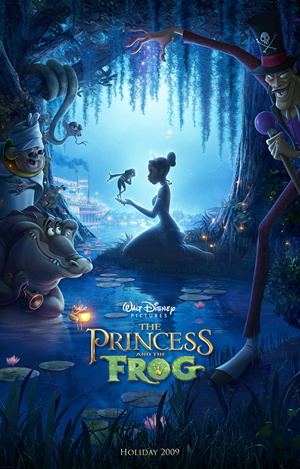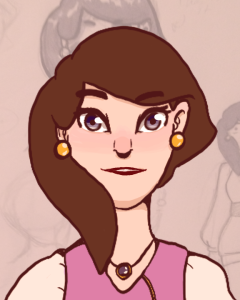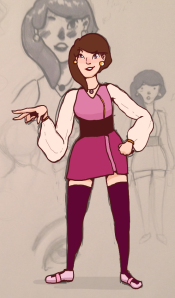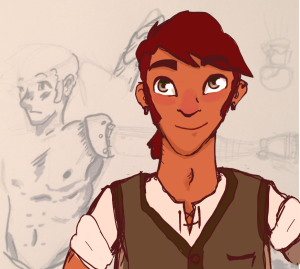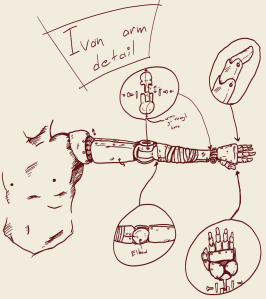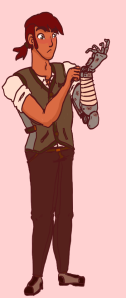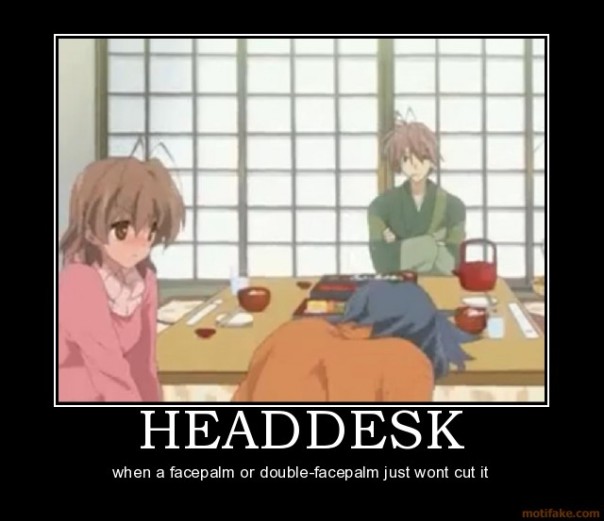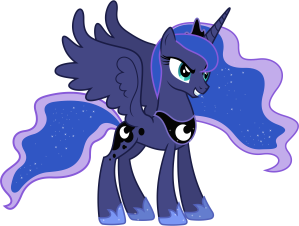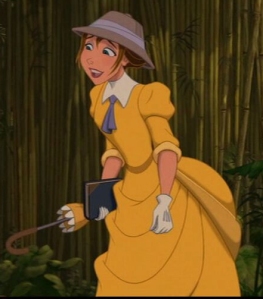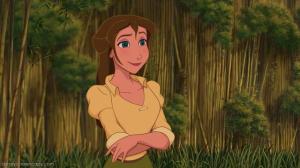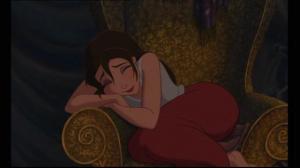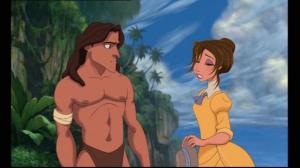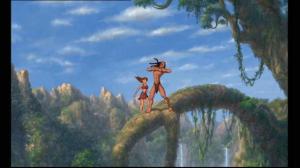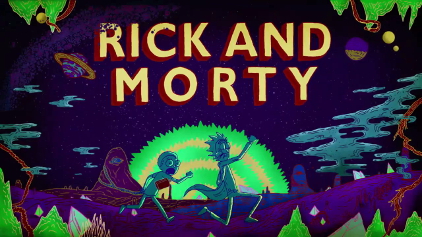Here be spoilers for The Wolf Among Us. Because I want to talk about the ending to season 1, and ya know, gotta talk about everything if you want to talk about the end.
Tally ho!
So, Telltale games (most famously known for The Walking Dead games) has done a series of point and click adventure games based on the Fables graphic novel/comic series. I had read the first book of the series before playing The Wolf Among Us, based on the recommendation of a friend. Anyway, the universe the game (and the comics. And the novels. And short stories. And, and, and…) takes place in is a 1980’s-esque New York in Fabletown.
For those of you not from New York, that isn’t actually a burrow. In Fables, fairy tales have been forced out of their homelands and into our reality. They live in a secret community called Fabletown, passing for humans through the use of magical glamours (and those of the community who can’t pass for human, live on an annex to Fabletown called The Farm. Everyone hates the Farm). It’s pretty hilarious to see one of the three little pigs take a smoke.
Anyway, you play as Bigby Wolf (you know him as the Big Bad Wolf), the sheriff of Fabletown, as he tries to keep the peace. The plot is very solid, generally ending each episode on a great cliffhanger and keeping a rapid, snappy pace. The entire setting is 1980’s noir, except with Mr. Toad and Ichabod Crane. It’s fantastic. The characters are twisted variants on the fables they come from, sorta kinda. Snow White is nothing like the girl in the tale, but Beauty and the Beast are a painfully sappy, yet always bickering married couple you know that centuries of marriage would make them.
So, why did I bring this up at all? Because plot twists, man.
The Wolf Among Us is a detective story, and as anything in the genre, it has a twisty bendy plot with Bigby slowly filling in the holes as he goes. Most of the time, the twists are great– several come way out of left field (as in a ‘shit, wait what now?’ sense not a ‘pole vaulting the shark’ sense), and the explanation for the twist is usually also a twist. Twists in twists in twists. Good times.
The problem comes in at the very end of the game, after you’ve made your final big decision. The big bad hath been vanquished, and there are only one real question left on the plot:
Why the hell where the Faith’s and Lily’s heads left on the doorstep to The Forrest?
Nerissa beckons Bigby over and we get the last bit of information– she was the one to leave the heads out for Bigby to find, so that he’d start investigating the murders, and eventually take down the Crooked Man. And, one more twist, we find out that Nerissa lied at the mob hearing– she never actually heard the Crooked Man give the order, she just hated his guts. She walks away, the player realizing that Nerissa was manipulating Bigby to strike back at the Crooked Man for killing her friends, bread-crumbing hints when leads got cold and generally doing everything she could to get her revenge.
It’s a great last twist, wrapping up the plot details while showing a side of a character we hadn’t seen before. The problem is, it’s not the last little twist.
Nerissa leaves the overhang with the same parting words Faye gave Bigby at the start, “You’re not as bad as everyone says you are.” This triggers a spurt of memory magic in Bigby, as he remembers pretty much every line he’s had with both Nerissa and Faith, and also the fact that we have a dangling plot thread in Faith’s body– the Dr. Swineheart had it last, but no one has checked up on his autopsy of it as other things took precedence.
The game never says it, but at this point it’s heavily implied that Faith and Nerissa were glamoured as each other at one point, and it’s one of them is walking away from you and the other is dead, and the one that’s alive is the same one that interacted with you at the start of the game.
Or, even more mindfucky, the Nerissa we’ve been interacting with _is_ Faith, and the little mermaid was never in this story. The dead girl was a prop, glamoured to look like Faith and Faith then glamoured herself to look like Nerissa and has been leading you on ever since.
All of these things are over the top, and silly. Mostly because it doesn’t matter. So what if the girls played swapsies? One of them is still dead via ribbon decapitation and the other is a master of deception. We already knew that.
If this is just a cliffhanger (what did Bigby realize? OMG!!11!!!) to lead into the next game, it’s a silly one. We have enough characters to use as introductory elements to any game– Snow, Beauty, Beast, King Cole, etc– we don’t need to add some extra layer to an already very complex and layered character. Let Nerissa/Faith breathe, and go make someone else more complicated.
All in all, it takes a masterful ending (they could have even used that cool noir fade-to-black-esque trope with the damsel in distress walking away) and then tries to add one more twist as either a ‘gotcha’ or as a lead in, and it totally doesn’t need that. The entire game is structured around episodes and seasons anyway, and there is still so much more of Fabletown to see (why does everyone hate the Farm? Does it really suck that much?), we don’t need a breadcrumb to grab the next game.
So, you know, don’t do that. I’m all for ambiguous endings, but if you want to play it that way, make the ambiguity very important to the narrative– Inception is a good modern example.
The other case is that we get this weird scene because we never do figure out what happened with Faith’s body. If that’s why you’re writing something like this, then stop. You don’t have to resolve every plot thread. You can let some hang. That’s ok. Real life doesn’t give us nice, clean, perfect resolutions. Let the minor stuff be ambiguous. If it really becomes an issue for your fanbase, then you just found yourself a sequel. Congrats.
